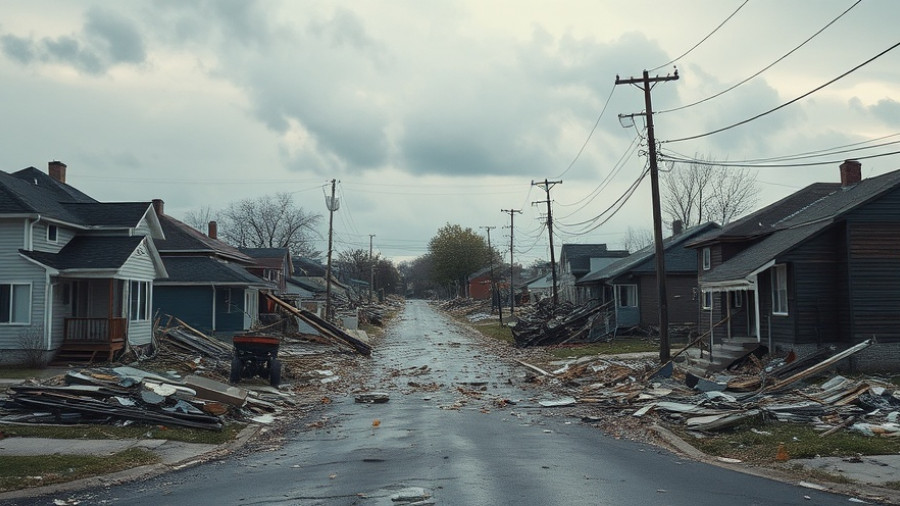
Rethinking Roof Damage: Why Smaller Hailstones Can Be Hazardous
Recent research from the Insurance Institute for Business and Home Safety (IBHS) has revealed that smaller hailstones, typically less than one inch in diameter, can inflict more severe long-term damage to roofs than previously thought. This revelation holds significant implications for property owners and insurance claims related to roof damage.
Challenging Established Norms
For years, the consensus within the insurance industry has been that hail damage is primarily caused by larger stones, generally 1.5 inches or larger. The National Weather Service has categorized hail as 'severe' only when it exceeds 25.4 millimeters. However, the findings from the IBHS study, published in the journal Frontiers in Materials, challenge this notion. It suggests that repeated smaller hailstorms significantly diminish the roof’s resistance to serious future hail events by exacerbating the natural aging of asphalt shingles.
Understanding the Damage
Small hail can cause subtle but impactful damage to roofs, particularly the protective granules on asphalt shingles that guard against UV rays and weather-related wear. Over time, repeated small hail impacts may lead to granule loss, which can result in visible accumulations in gutters and increased brittleness of shingles. Stressing this point, independent adjuster Ben Mandell has documented cases where claims were dismissed as mere weathering and age, despite visible shingle degradation from smaller hail events.
The Myth of Minimal Damage
Current discussions surrounding small hail often minimize its potential impact, labeling it as inconsequential. Lawyers like Chip Merlin see the new research as a powerful tool for homeowners to challenge unjust insurance denials. However, defense lawyers warn that many insurance policies explicitly exclude cumulative damage caused by wear and tear over time. They emphasize the necessity of having a singular, identifiable event causing damage for a claim to be recognized.
What Homeowners Need to Know
Homeowners must be vigilant after experiencing storms that produce hail, regardless of size. Signs of damage may manifest as granule loss or cracks, which can lead to leaks if not addressed. Roofs over ten years old or those already under stress from previous environmental factors are particularly vulnerable.
Future Implications and Insurance Claims
The findings from the IBHS study represent a paradigm shift in how small hail is perceived, ideally prompting a reassessment of current durability standards and insurance practices. Many property insurance policies fail to account for the risk posed by these recurrent smaller hail events, leaving homeowners at a disadvantage when filing claims.
Actionable Insights for Homeowners
Here are several tips for homeowners to navigate the complexities of roof damage claims:
- Get an Expert Inspection: After any hail event, especially with small stones, have your roof inspected by a qualified professional to identify any hidden damage.
- Document Everything: Maintain a thorough record of any storms, roof conditions, and repairs. Photographic evidence can be invaluable during claims negotiations.
- Know Your Policy: Familiarize yourself with your insurance policy's language regarding roof damage. Understanding exclusions can help you frame stronger claims.
- Consult a Professional: When filing a claim, don't hesitate to seek advice from experienced insurance claims professionals or attorneys who specialize in property damage claims.
- Be Persistent: If your claim is denied, consider the legal remedies available to appeal the decision or seek further mediation.
Conclusion: Safeguard Your Investment
The revelation that small hail can cause significant roof damage calls for action from homeowners and the insurance industry alike. By understanding the implications of this research, property owners can take proactive measures to protect their roofs and ensure fair treatment in the event of a claim. If you've experienced hail damage, now is the time to reassess your situation and ensure your home is protected adequately.
If you're unsure of your roof's state after a hailstorm or if you are contemplating filing an insurance claim, contact a local roofing expert today for a comprehensive inspection and assessment.
 Add Row
Add Row  Add
Add 




Write A Comment